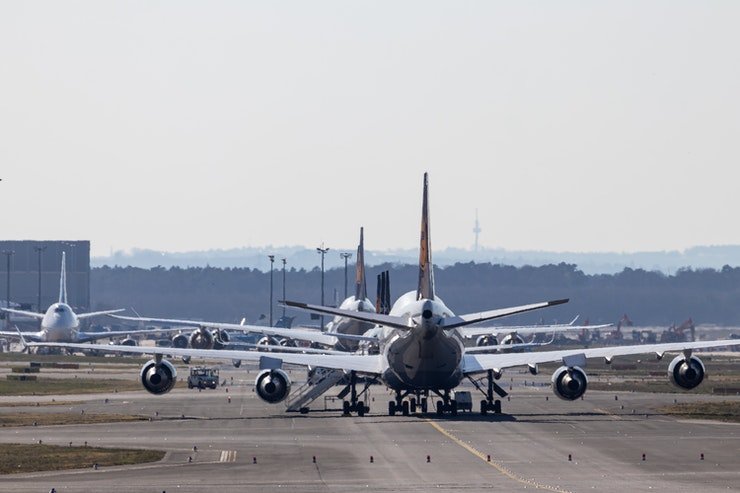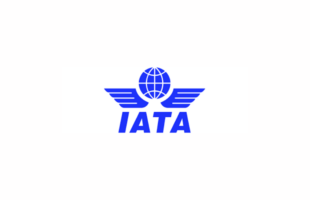

Global cargo demand contracted 8 percent YoY (-9.9 percent for international operations) but grew 3.7 percent over the previous month in September, whilst global capacity shrank 25.2 percent YoY (28 percent for international operations), data from IATA showed.
The shrink in capacity was three times larger than the contraction in demand, indicating a severe lack of capacity in the market, the trade group noted.
Also read: Capacity crunch stalls air cargo demand in August
Despite adding more routes, capacity remained tight for carriers in Asia Pacific (down 32 percent YoY), whilst airlines in Europe and Latin America fared worse, with capacity down 32.8 percent and 32.2 percent, respectively.
Airlines based in Asia Pacific saw cargo volume slip 14.6 percent in September over the same month last year, showing improvement from the 16.4 percent drop in August.
IATA mentioned North American and African carriers saw positive annual growth in cargo volume for the month, growing 1.5 percent and 9.7 percent, respectively. This could reflect the strong demand seen on routes between Asia–North America and Asia–Africa.
“Air cargo volumes are down on 2019, but they are a world apart from the extreme difficulties in the passenger business. For air cargo, 92% of the business is still there, whereas about 90% of international passenger traffic has disappeared,” said Alexandre de Juniac, IATA’s director general and CEO.
“As carriers adjust schedules to reflect falling passenger demand amid the resurgence of COVID-19, valuable belly capacity will be lost when it is needed the most,” he added.
As air cargo slowly recovers, IATA forecasts favourable economic indicators for the peak and year-end season to support the continued recovery in demand.







